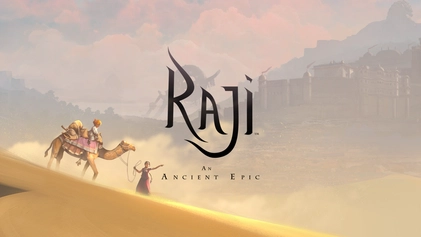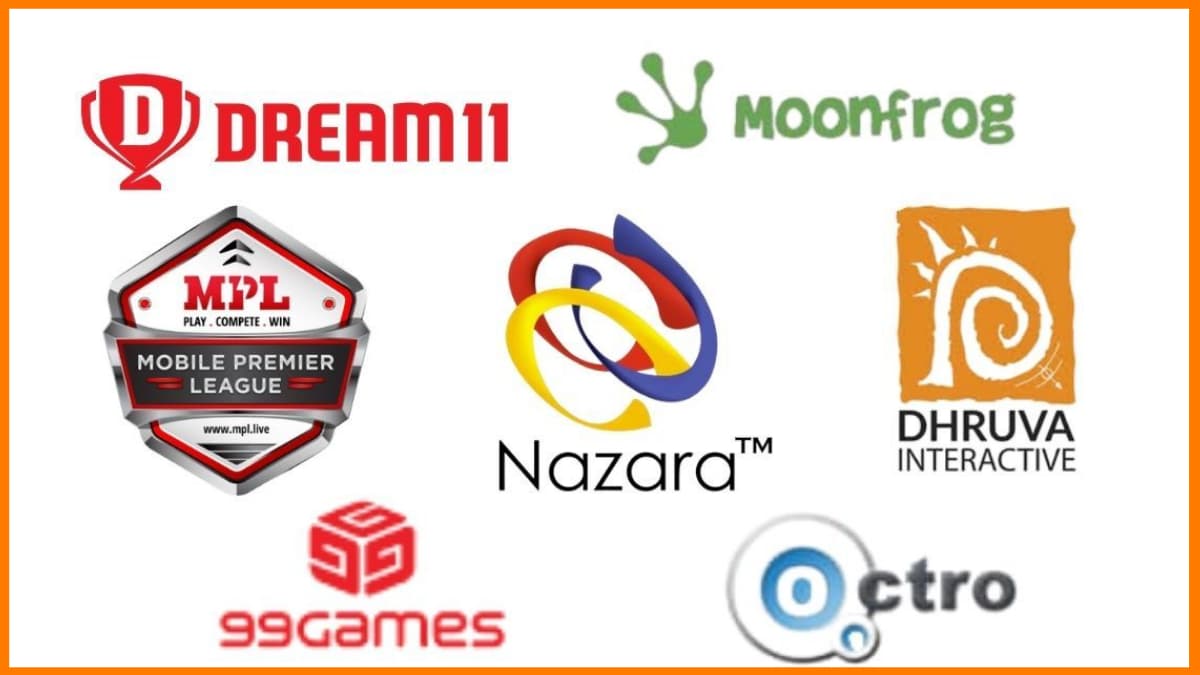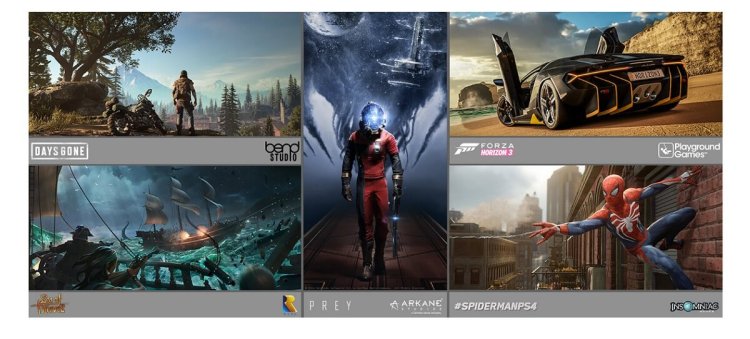Unlocking India’s Gaming Potential: Challenges and Opportunities for Developers
With changing times and economies, we have experienced a vast surge in the Indian video-gaming industry, the surge however has been one-sided with many Indians playing video games and less on the Indians developing games. India is still in its nascent stages when it comes to development of good video-games that can compete with other international games that one sees. The games being developed in first world countries such as the United States of America, South Korea and Japan are in a separate league with complex narratives, master effects and with the new integration of effects through A.I. tools.
This presents us with a challenge in the Indian gaming industry, and one requires to strategically and creatively unpack this in order to understand the issue.
There are certain areas which need substantial growth in order for the Indian gaming industry to reach better heights and to make video-games at par with International standards, let’s delve into some of this factors:
Enhancement of Infrastructure: To foster a good Indian gaming community and makers in the field, one needs to invest in robust technology and new-age tech that is upcoming. With Artificial Intelligence at the precipice of being integrated into our lives, good investors who can see the potential can tap into it and ask game developers to use it to their advantage. However, India at the moment is still struggling to meet its basic technological needs such as High speed internet, reliable power supply at all times, upgraded hardware and softwares, etc. Local artists and talent can be attracted and investing in their capabilities can be a boon in the gaming industry.
Skill development and Learning: To have more Indian game developers, one needs to focus on having programmes, projects, specialised courses, workshops and a similar chamber to attract the local talent. The youth who are inclined towards gaming and video-games can be taught skills and educated on making such games and that can propel our indigenous artists to try and visualise video-games. A skilled workforce can be nurtured and developed with such courses. Such courses should also be available readily and easily accessible either in the educational formats or online for people to learn from.
Adequate promotion of the Indian gaming community: There are a few indie gaming companies, individuals that have started to come up in recent times such as 99Games, Dhruva Interactiva,Nazara Technologies that have developed World Cup Championships, Motu Patlu games for children, etc. However, these are quite less in number and not as popular and need that external push to grow within the fraternity or establish themselves in some manner. More support can be provided to smaller enterprises in the form of mentorship, marketing and funding. It shall not only foster creativity but will allow experimentation and lead for more individuals and enterprises to enter the field and provide Indian narratives on to the larger video-gaming community.
This leads us to the next point of Cultural representation on an International Level:
Exposure and collaboration with International enterprises, gamers, developers shall instil faith in the Indian developers. Through exchange programmes, international workshops, residencies, interactions with first world country creators, fostering partnerships and collaborations, Indian gamers shall benefit from such interactions and hone their art. This would then in-turn lead to more culturally specific games and representation of the Indian diaspora in the international front. An example for a well-represented culturally specific game is the one developed by Nodding Heads games based in Pune, Maharashtra called Raji: An Ancient Epic is an action-adventure game that incorporates Indian Mythology with its design inspired from Pahari style of Miniature painting is the right example for this factor. The game gained critical acclaim for its captivating art style, engaging gameplay, and its portrayal of Indian mythology and culture.
More games and representations such as these are only possible once enough people are invested in the developing community and believe in this artform.

Government Support and Incentives:
Any government plays a vital role in shaping the lives and careers of many citizens in their country, in this scenario too it has massive impacts on the gaming industry of our country. If the govt. believes in this artform and how it can shape the livelihoods and way of thinking of the youth, they can incentivise this by offering funds, schemes, educational material/courses (which are easily available in govt. schools/colleges/institutes). These would be beneficial in educating the youth or rather anybody who wishes to get into the field and learn the craft of developing and designing a video-game. They can further offer tax incentives, grants, and subsidies to game developers to stimulate growth and innovation. Moreover, creating policies that streamline regulations related to game development and distribution can provide a conducive environment for the industry to thrive.

While the Indian gaming industry is on an upward trajectory with a large consumer base,dominance in mobile gaming interface, and rise of e-sports online, it still has a long way to go. With the right education, skill development, infrastructure, investment and government support, the industry could expand to great heights. India has over the years emerged as a promising market with immense potential that just needs to be tapped by the right set of individuals who believe in the virtual future of gaming.

Conclusion
By strategically focusing on the above factors and key points, anybody can be propagated and propelled into the world of Indian gaming and developing interesting and culturally specific games. The benefits of the same are many, as the video-gaming industry is one of the World’s most dominant industries in current times. It is a multibillion dollar company if not more than films and cinema which could prove to be rather fruitful for a developing country such as ours; whether economically or creatively/socially. Indian gamers may be plenty but developers are few and the only way to encourage them is to show them solidarity and provide support on many accounts. It will not only foster learning of a great skill/sport but will also lead to growth of more culturally relevant narratives within the global gaming community. Such games made by Indians shall represent voices, stories, identities of us Indians on a virtual level that is depicted rather poorly currently.






